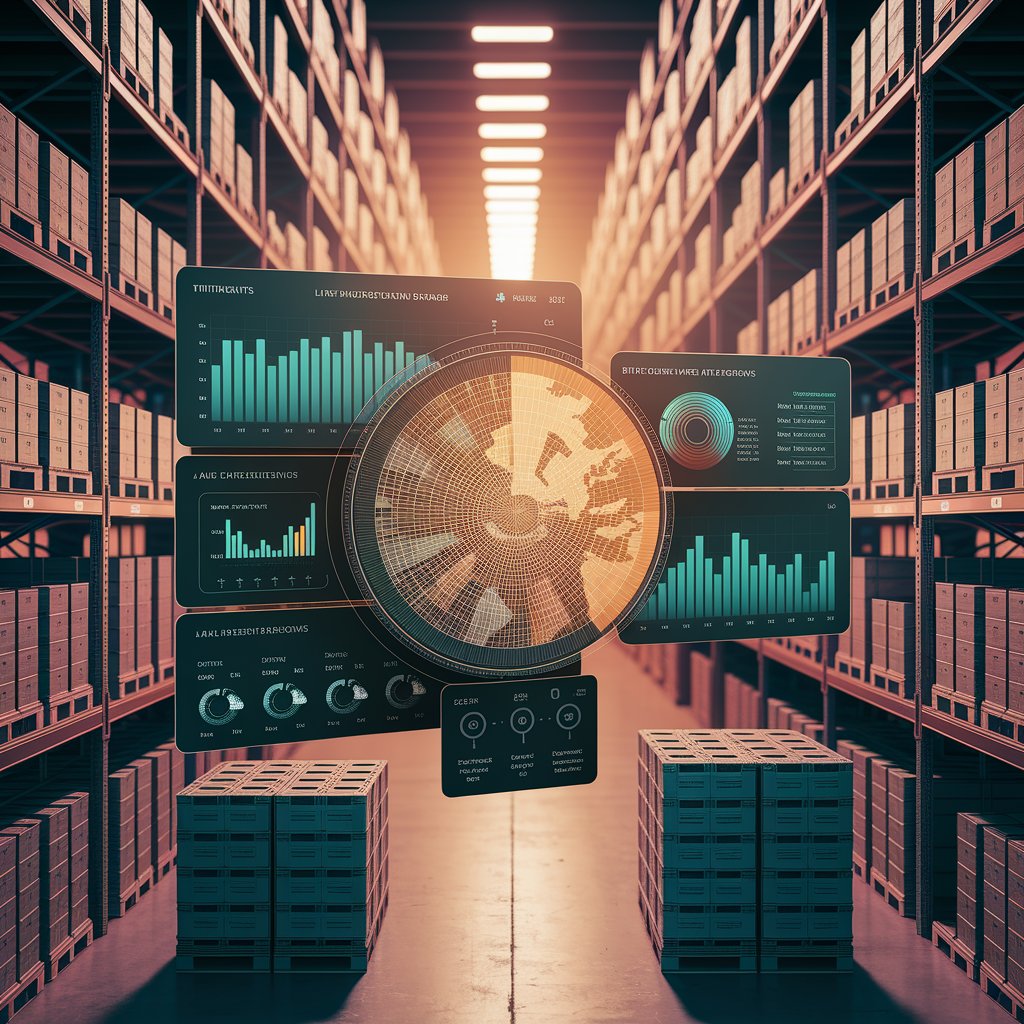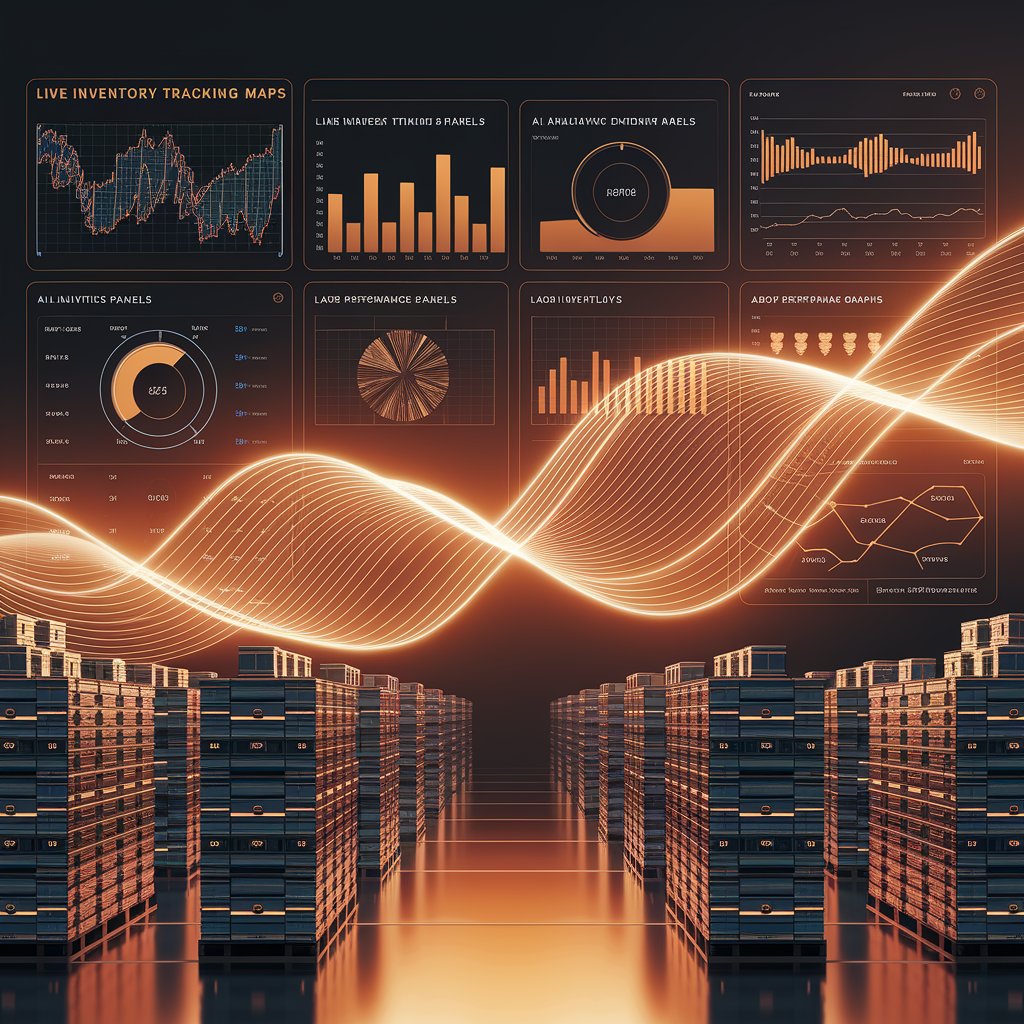Digital Warehouse Insights: Data-Driven Intelligence for Smarter Operations

Introduction
Linbis changes that with digital warehouse insights, a solution that turns real-time data from your warehouse into predictive intelligence.
From inventory forecasting to labor allocation, Linbis empowers logistics teams to make faster, smarter, and more profitable decisions.
Step 1: Centralized Data Collection
Linbis connects every system and device in the warehouse to a unified analytics layer:
- WMS and ERP systems for inventory levels and order flow.
- IoT sensors and scanners tracking pallet movement and temperature.
- Labor management systems monitoring performance and efficiency.
- Inbound/outbound records for real-time activity visibility.
All data streams are consolidated into one digital command center, enabling total control and transparency.
Step 2: Real-Time Warehouse Visibility
With live data feeds, Linbis provides instant visibility across all warehouse operations:
- Monitor storage utilization and available capacity.
- Track incoming shipments and outbound dispatches.
- Identify bottlenecks in picking, packing, or loading.
- Visualize inventory accuracy across multiple locations.
This real-time view enables managers to act immediately — reducing downtime and improving throughput.
Step 3: Predictive Analytics and Optimization
Linbis goes beyond visibility with AI-driven warehouse forecasting:
- Predicts demand fluctuations for key SKUs.
- Optimizes inventory placement for faster order fulfillment.
- Forecasts labor requirements based on workload patterns.
- Detects inefficient routes inside the warehouse for productivity gains.
Every insight helps turn the warehouse into an intelligent ecosystem — anticipating issues before they occur.

Step 4: Workflow Automation Integration
Digital warehouse insights are most powerful when they trigger automated actions:
- When inventory drops below threshold, it auto-generates restock requests.
- When receiving queues grow, it reallocates labor automatically.
- When orders surge, it prioritizes high-demand zones dynamically.
- When delays occur, it updates shipment timelines across systems.
Linbis integrates seamlessly with ERP, CRM, and TMS tools — ensuring the entire supply chain reacts instantly.
Step 5: Performance Monitoring and KPIs
Linbis provides live dashboards that measure warehouse efficiency through smart KPIs:
- Order accuracy rate
- Inventory turnover ratio
- Picking/packing speed
- Labor productivity index
- Space utilization efficiency
With these insights, managers can track progress, benchmark performance, and continuously optimize operations.
Step 6: Continuous Learning and Improvement
As the warehouse operates, Linbis learns from historical data:
- Detects recurring inefficiencies.
- Suggests new layout optimizations.
- Improves forecasting precision with each cycle.
- Adapts dynamically to seasonal or regional variations.
This ensures that warehouse operations never stagnate — they evolve.

Advanced Features
- AI-driven warehouse forecasting.
- Real-time data dashboards.
- Automated workflow integration.
- Cross-system connectivity (ERP, WMS, CRM).
- Continuous machine learning improvement.
Real-World Example 📦
A distribution company in the U.S. implemented Linbis digital warehouse insights to manage 3 regional facilities.
After 90 days:
- Picking speed increased by 28%.
- Order accuracy improved to 99.6%.
- Labor costs dropped by 19%.
Their warehouses now operate as fully connected digital ecosystems — smart, scalable, and efficient.

Benefits 📈
- Visibility: Real-time insight into every warehouse process.
- Efficiency: Optimize labor, layout, and inventory flow.
- Automation: Trigger real-time actions based on data.
- Predictability: Anticipate demand and resource needs.
- Scalability: Extend analytics to multiple warehouses effortlessly.
Conclusion
With digital warehouse insights, Linbis transforms warehouses from operational centers into intelligent, data-driven control hubs.
By combining real-time analytics, AI forecasting, and automation, companies gain the visibility and agility needed to dominate modern logistics.
The future warehouse doesn’t just store goods — it thinks, learns, and acts.
